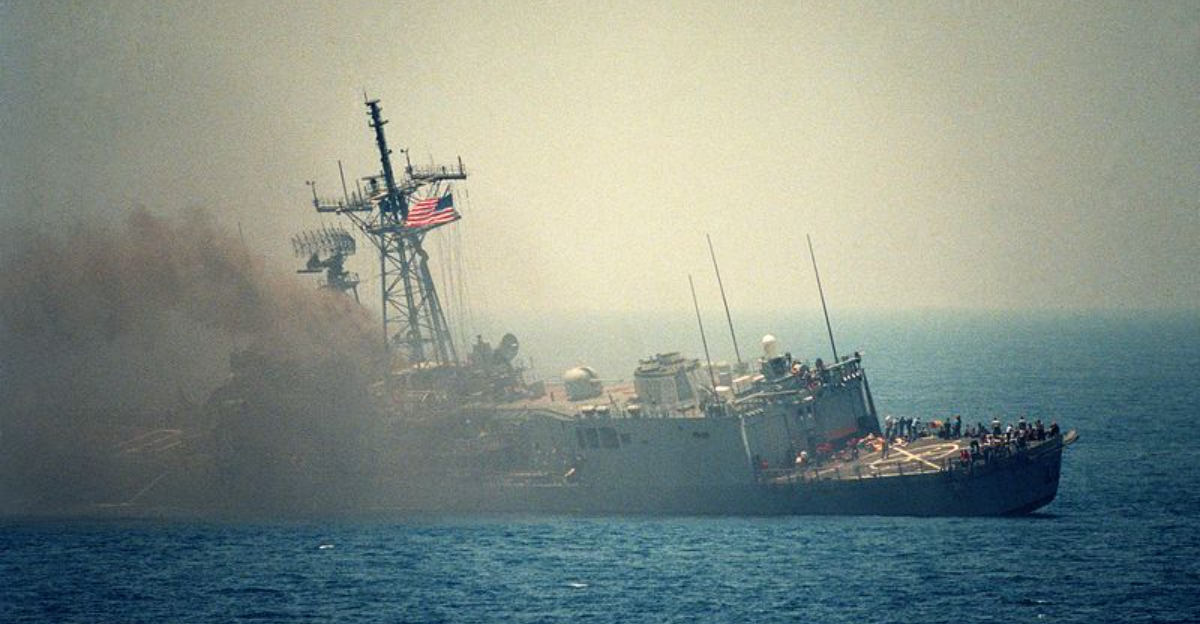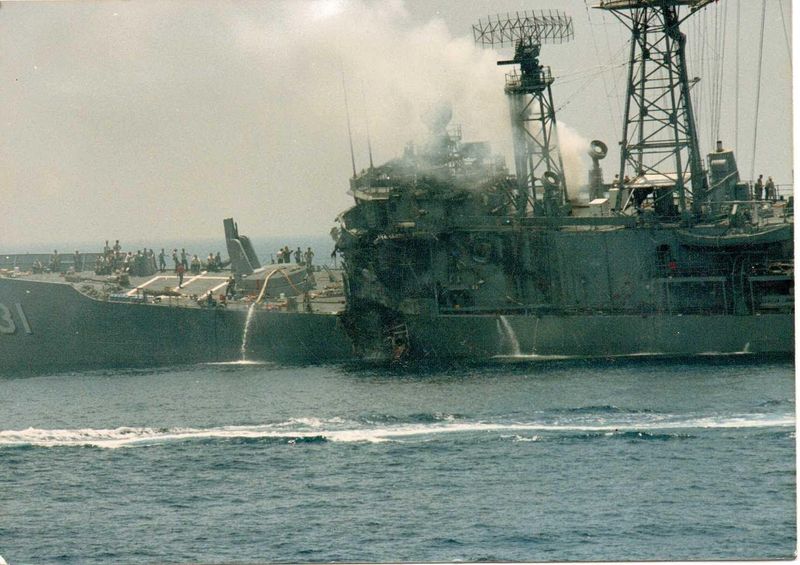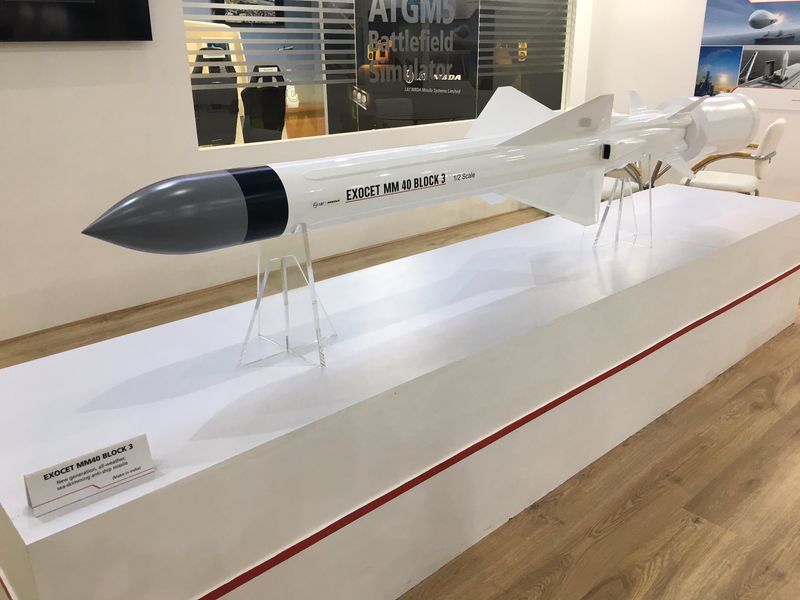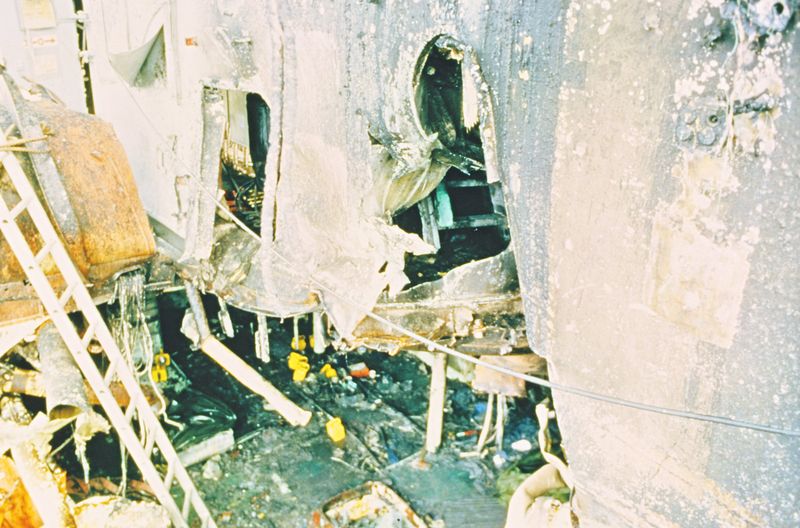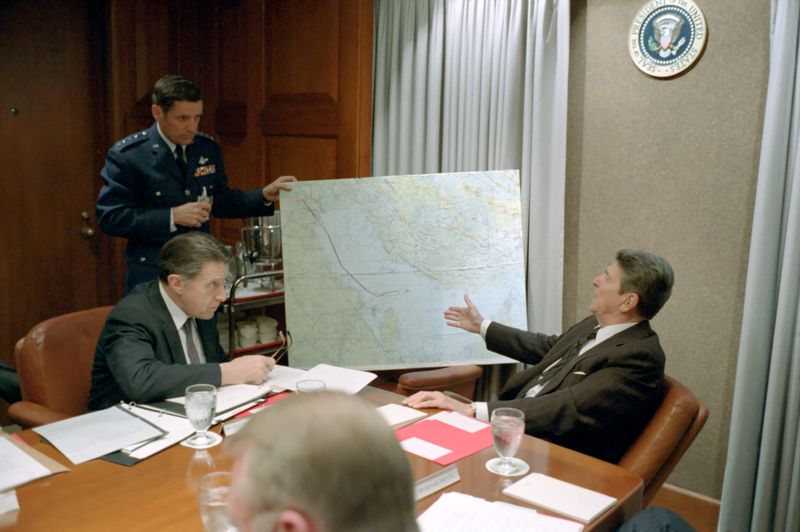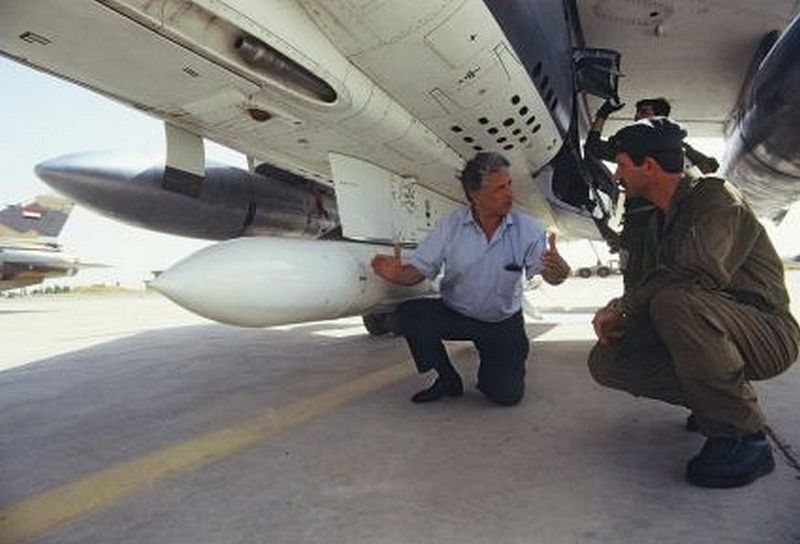The Falcon 50, originally designed as a luxury business jet, played an unexpected role in military history. During the Iran-Iraq War, Iraqi forces secretly transformed this civilian aircraft into a deadly weapon system.
This remarkable conversion led to one of the most controversial naval incidents of the 1980s, fundamentally changing how military forces view the threat potential of civilian aircraft.
1. From Luxury to Lethality: The Civilian Jet’s Secret Transformation
Behind closed hangar doors, Iraqi engineers worked tirelessly to transform the elegant Dassault Falcon 50 business jet into a weapon of war. The aircraft, typically used to shuttle executives between meetings, received military-grade radar systems and reinforced wing hardpoints.
These modifications allowed the sleek jet to carry and launch deadly Exocet anti-ship missiles. What made this conversion particularly ingenious was its subtlety – from a distance, the aircraft maintained its civilian appearance.
This deception strategy gave Iraq a unique advantage, as enemy forces wouldn’t expect an attack from what appeared to be a harmless business aircraft.
2. Suzanna: The Deadly Codename
“Suzanna” wasn’t just any nickname – it became a whispered legend among Iraqi Air Force pilots. The moniker gave this lethal business jet a distinctive identity that masked its true capabilities from outside observers.
Engineers outfitted the aircraft with sophisticated military radar systems that could track vessels from significant distances. The addition of weapons hardpoints – special reinforced attachment points – allowed Suzanna to carry and deploy heavy missile systems never intended for civilian aircraft.
This feminine codename created an ironic contrast with the aircraft’s masculine mission profile, embodying the deceptive nature of the entire operation.
3. The Fateful Day: May 17, 1987
Sunday evening in the Persian Gulf turned catastrophic when Iraq’s modified Falcon 50 approached the USS Stark under the cover of darkness. The American frigate, patrolling international waters, had no reason to suspect danger from what appeared to be a civilian aircraft.
At 10:10 PM local time, without warning, the Falcon launched two Exocet missiles toward the unsuspecting warship. The attack caught the crew completely off guard – a critical tactical advantage.
Radio communications intercepted later revealed the pilot received clearance for the strike from Iraqi high command, contradicting later claims that the attack was a case of mistaken identity.
4. USS Stark: The Human Cost
The missiles struck with devastating precision, tearing through the USS Stark’s hull and igniting fierce fires that trapped sailors below deck. Smoke filled narrow passageways as damage control teams fought desperately to save their ship and crewmates.
The human toll was staggering – 37 American sailors never returned home to their families. Another 21 suffered serious injuries, many bearing physical and psychological scars for life.
Personal belongings recovered from lockers of the fallen – family photos, letters from home, and unwrapped birthday gifts – provided heartbreaking testimony to lives suddenly cut short in what should have been a routine peacetime patrol.
5. Exocet: The French-Made Sea Skimmers
Exocet missiles weren’t just any weapons – they represented cutting-edge maritime strike technology. Developed by French manufacturer Aérospatiale, these sea-skimming missiles fly mere feet above the water’s surface, making them extremely difficult to detect on radar.
The AM.39 variant used in the attack was specifically designed for air launches, with a range exceeding 50 miles and a 364-pound high-explosive warhead. Their sophisticated guidance systems locked onto the USS Stark with terrifying accuracy.
France had sold these weapons to Iraq during the early 1980s, never anticipating they would be mounted on converted business jets or used against allied vessels.
6. Stroke of Luck: The Dud Missile
Amidst the tragedy, a strange twist of fate occurred when the first missile punched through the frigate’s hull but failed to detonate. The 364-pound warhead tore through equipment and compartments before coming to rest – intact but unexploded.
This malfunction likely prevented the complete destruction of the USS Stark. Naval investigators later recovered the missile components, providing valuable intelligence on Iraq’s weapons capabilities.
The second missile, however, functioned exactly as designed. Its explosion triggered catastrophic fires that spread rapidly through the ship’s aluminum superstructure, creating toxic smoke that claimed more lives than the initial blast.
7. The Case of Mistaken Identity
For years, military analysts believed a Mirage F1 fighter jet conducted the attack – a reasonable assumption since Iraq operated these aircraft equipped for anti-ship missions. The truth emerged slowly through intelligence reports and witness accounts.
The modified Falcon 50’s radar signature resembled civilian air traffic, helping it avoid scrutiny until moments before the attack. USS Stark’s crew reported seeing a business jet-type aircraft briefly on radar before the missiles struck.
This misidentification highlighted a dangerous new reality: civilian platforms converted for military use created a detection challenge that existing naval defense systems weren’t designed to address.
8. Iraq’s Diplomatic Dance
Iraqi President Saddam Hussein personally telephoned President Reagan the day after the attack, offering condolences and claiming the pilot had mistaken USS Stark for an Iranian oil tanker. This explanation raised eyebrows among military experts familiar with the sophisticated targeting systems aboard the Exocet missiles.
Iraq quickly paid $27 million in compensation to victims’ families, an unusual move for a country claiming accidental action. Behind closed doors, American intelligence suspected the attack might have been deliberate – possibly testing U.S. resolve or response protocols.
The diplomatic fallout remained surprisingly minimal as both nations maintained their strategic alliance against Iran.
9. America’s Restrained Response
The Reagan administration faced a complex geopolitical dilemma following the attack. Despite losing 37 sailors, America chose not to retaliate militarily against Iraq – a decision that sparked controversy at home.
Strategic considerations outweighed calls for vengeance. Iraq served as a critical counterbalance against Iran, which the U.S. viewed as the greater regional threat. Military documents declassified years later revealed heated White House debates about appropriate responses.
Instead of military action, the U.S. increased naval patrols in the Persian Gulf and implemented new rules of engagement allowing ships to fire on approaching aircraft that appeared threatening – a significant policy shift with lasting implications.
10. Legacy: Rewriting the Naval Defense Playbook
The Falcon 50 attack fundamentally transformed naval warfare doctrine worldwide. Military planners had never seriously considered civilian aircraft as potential weapons platforms – an oversight that proved deadly.
New defensive systems emerged that could better distinguish between civilian and military threats. Ships received enhanced point-defense weapons capable of engaging missiles at closer ranges, addressing the critical vulnerability exposed by the attack.
Training protocols evolved to include scenarios involving converted civilian aircraft. This incident’s lessons gained renewed significance after 9/11, when civilian aircraft were again weaponized – this time by terrorists rather than state actors.
